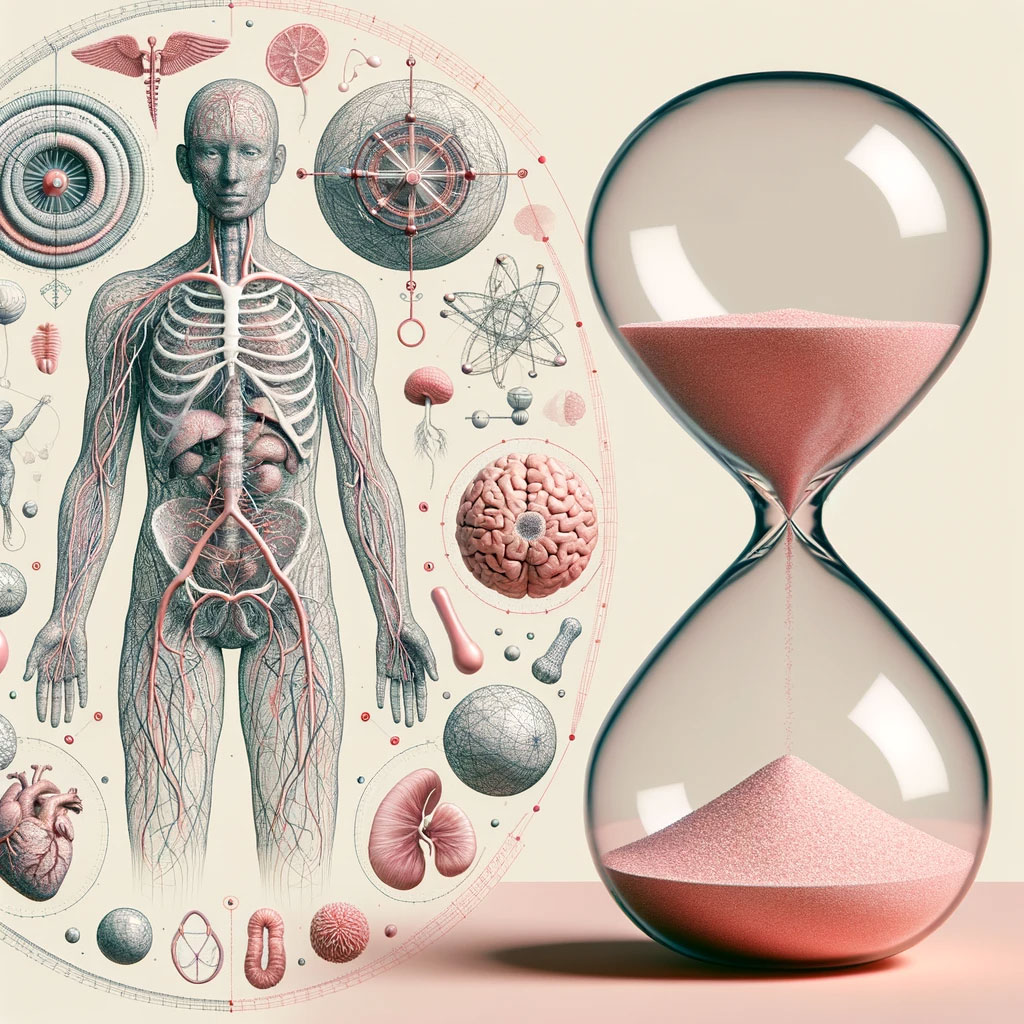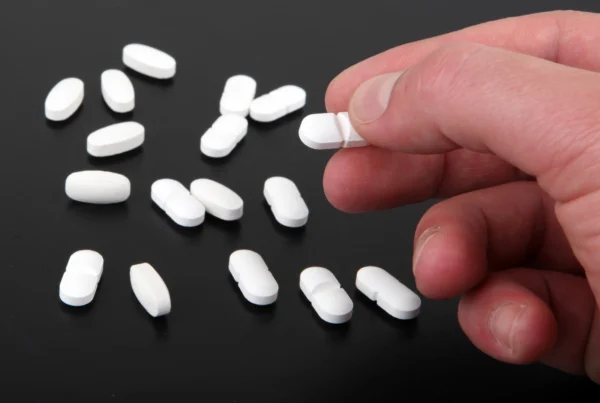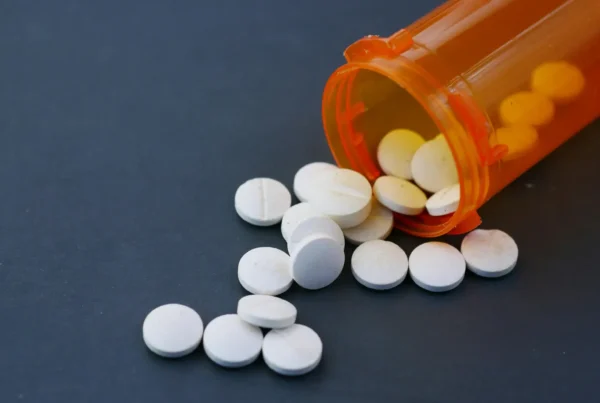
Table of Contents
- What Actually Is LSD? How does LSD Work?
- How Long does Acid Take to Kick In?
- How Long Does Acid Stay in Your System?
- How Long Do the Effects of LSD Last for Adults?
- Does LSD Show Up on a Drug Test?
- Is Acid Addictive?
- Intended Side Effects of LSD
- Adverse Side Effects of LSD
- Health Risks of Long-Term Acid Use
Key Points
- Acid or LSD targets serotonin receptors, activating a hallucinogenic response.
- LSD’s effects can be felt for many hours after ingestion, typically between 6 and 12 hours.
- LSD generally gets eliminated from your body within 24 hours and is not tested for with more routine drug tests
- Acid has intended side effects and adverse side effects
LSD is a first-rate elimination drug that disappears from your brain in 20 minutes.
The effects of Lysergic acid diethlyamide (LSD), commonly know as “acid”, last up to 12 hours. The substance is metabolized fully within 48 hours.
When taken orally, LSD enters your blood stream and travels to your brain and organs. While the drug disappears from your brain in 20 minutes, the effects of the drug can be experienced for many hours.[1] These effects can include both intended effects, such as hallucinations, and adverse effects, such as anxiety, depression, despair, fear, panic, and disappointment.[2]
What Actually Is LSD? How does LSD Work?
LSD (commonly known as “acid“) is a powerful psychedelic drug first synthesized by Swiss chemist Albert Hofmann in 1943. It’s typically distributed in small doses on blotting paper, as a liquid, or in the form of pellets or microdots.
The compound is derived from Claviceps purpurea, a type of ergot fungus that grows on cereal grains like rye and wheat.
Despite decades of use and study, our understanding of how LSD affects the brain remains incomplete—largely due to its classification as a Schedule I substance, which has historically limited research.
What we do know is that LSD primarily interacts with serotonin receptors in the brain. Serotonin is a neurotransmitter responsible for regulating mood, confidence, calmness, and focus. LSD stimulates these receptors and floods the brain with serotonin, much like how selective serotonin reuptake inhibitors (SSRIs) work by preventing serotonin reabsorption in the synapses.
Emerging research also suggests that LSD may disrupt inhibitory processes in the prefrontal cortex and hippocampus[3] —areas of the brain linked to decision-making and memory. This disruption, along with reduced activity in both hemispheres of the brain, may help explain the drug’s hallucinogenic and cognition-altering effects.
How Long does Acid Take to Kick In?
After ingesting acid, people typically begin to feel the intended effects within 20 to 90 minutes. Sometimes it can take up to 2 hours. Typically the a “trip” will peak after around 2 to 3 hours, however this will vary from person to person depending on a number of factors including Body Mass Index, age, metabolism, liver health, and the dosage taken.
How Long Does Acid Stay in Your System?
LSD is typically eliminated from the body within 10 to 13 hours. This is based on its elimination half-life—the time it takes for the concentration of the drug in your body to reduce by half—which is approximately 2.6 hours.[4]
To fully clear a substance from your system, it generally takes 4 to 5 half-lives. In the case of LSD, that means most of the drug is metabolized and excreted within 10.4 to 13 hours.
Interestingly, while the physical presence of LSD fades relatively quickly, its effects on the brain may last longer. Some studies suggest LSD can promote neuroplasticity—the brain’s ability to reorganize and form new neural connections. This supports the idea that LSD may be capable of inducing lasting psychological or behavioral changes, even after the drug has left the system.[5]
How Long Do the Effects of LSD Last for Adults?
The effects of LSD typically begin within 20 to 90 minutes after ingestion and can last anywhere from 8 to 12 hours.
Most users experience a peak around 2 to 5 hours into the trip, during which perceptual changes, visual hallucinations, emotional shifts, and altered thinking are most intense. After the peak, the experience gradually tapers off, but mild effects—such as changes in thought patterns or residual stimulation—can linger for several hours.
It’s worth noting that while the acute effects usually wear off within half a day, some users report a subtle “afterglow” that lasts into the following day. In rare cases, individuals may experience longer-lasting effects such as sleep disturbances or flashbacks, known clinically as Hallucinogen Persisting Perception Disorder (HPPD).
Does LSD Show Up on a Drug Test?
Typically, LSD is not detectable on a routine drug tests and therefore is not tested for.[7]
When LSD is metabolized, it breaks down into compounds such as 2-oxo-lysergic acid diethylamide. While trace amounts of LSD and this metabolite can be excreted in urine,[8] the window for detection is relatively short—usually within 10.4 to 13 hours after ingestion.
Additionally, most conventional drug tests are not sensitive enough to detect LSD or its metabolites unless specifically designed for that purpose. As a result, LSD is rarely identified during typical workplace or legal drug screenings.
How long does LSD Stay in Your System? Is there a drug test for LSD?
While rarely tested for in routine tests, LSD can be detected in your system with some specialized tests. The majority of these tests only work while the person is still metabolizing the drug which crosses over with the period of time they will be feeling the drugs effects.
What Else Could Impact the Timeframe of LSD in Your System?
Several factors could impact the length of time that acid is detectable in your system including your weight, height, age, frequency of dosing, the potency of the last dose, genetics, and environment.
Is Acid Addictive?
LSD has a very low potential for physical dependency. According to the National Institute on Drug Abuse (NIDA), LSD is not considered addictive because it does not trigger compulsive drug-seeking behavior or physical cravings.
Unlike substances that lead to physical dependence, LSD does not cause withdrawal symptoms when use is stopped. However, repeated use can lead to tolerance, meaning users may require higher doses over time to achieve the same psychedelic effects. This increased dosing can be risky, given the unpredictable nature of LSD’s effects and the potential for psychological distress or dangerous behavior.
While physical addiction is unlikely, psychological dependence is a more of a concern. Some users may become emotionally reliant on the drug’s euphoric effects, altered perceptions, or serotonin release—especially those using it to cope with stress, trauma, or emotional discomfort. Over time, this dependency can impact mental health and contribute to patterns of habitual use.
Though LSD primarily affects serotonin receptors, its interaction with other brain systems, including dopamine pathways, does not make it physically addictive in the traditional sense. Still, it’s important to recognize that LSD overdose is possible, particularly at very high doses, which may result in intense psychological reactions or the need for medical intervention.
Intended Side Effects of LSD
Many people use LSD to experience audiovisual hallucinations. Along with the sensory experience, the release of serotonin creates a flood of trust, openness, and happiness.
During the 1960s, LSD was used to treat alcoholism by compressing years of painstaking self-reflection in psychotherapy into a single, intense, experiential session.[9] However, these were not standard or universally accepted treatments. Trauma and schizophrenia were also suggested as possible clinical trials.
Generally, in low doses, people have a very positive experience of LSD. Sometimes, the symptoms of an anxiety disorder will present itself.
Adverse Side Effects of LSD
There are many adverse side effects of acid.[10] Some are:
- A distorted experience of time and identity
- A sense of being uncoordinated
- A distorted perception of objects, movements, colors, sounds, touch, and the user’s body image (depersonalization)
- Unbearably terrifying thoughts
- Fear of losing control
- Fear of sudden death
- Panic attacks
Overdosing on acid is difficult but possible. While 50-200 micrograms are considered non-toxic and medically safe, a research study from 1973 estimates the fatal dose of LSD to be 14,000 micrograms.[11]
While there have been some deaths associated with LSD, there are almost always other compounding factors. These factors can range from the presence of other substances to the types of restraint the authorities use.
Health Risks of Long-Term Acid Use
Using acid puts you in physical danger.
While you are having hallucinations, you will not be able to respond to external environmental stimuli like usual. If you are involved in a high-risk activity like driving or are located on a rooftop location while using LSD, a “bad trip” could be dangerous because your reaction times will be stymied.
The other greatest risk of long-term LSD use is tolerance.[12]
The more you use it, the more your body will require a greater and greater amount of the drug to achieve the same effect. And the more of the substance you use, the greater the potential for adverse side effects.
Finding Help
Lifelong sobriety is a worthy and achievable goal. If you are addicted to LSD, seek treatment immediately.
There are many licensed treatment centers near you that know how to handle your addiction. They can craft an individualized treatment plan that empowers you to take control of your life back from your LSD addiction.
Ask your doctor if they have a referral relationship with nearby treatment centers, or search for information online such as reviews.
Frequently Asked Questions About LSD
OCEAN RECOVERY EDITORIAL GUIDELINES
The internet contains a vast amount of misinformation, but when it comes to your health only peer reviewed, research centered data matters. At Ocean Recovery, all content published throughout our website has been rigorously medically reviewed by a doctorate level clinician, and cross checked for medical accuracy. Our editorial process helps our readers trust that the information they are consuming is factual and based upon scientific data. Your health is our top priority, find out more about how we safeguard the integrity of information on our website. Read More About Our Process




